Filter by
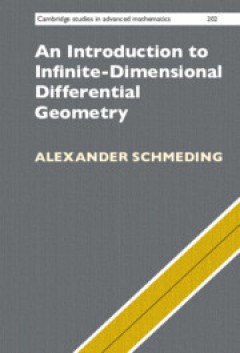
An Introduction to Infinite-Dimensional Differential Geometry
Introducing foundational concepts in infinite-dimensional differential geometry beyond Banach manifolds, this text is based on Bastiani calculus. It focuses on two main areas of infinite-dimensional geometry: infinite-dimensional Lie groups and weak Riemannian geometry, exploring their connections to manifolds of (smooth) mappings.
- Edition
- -
- ISBN/ISSN
- 9781009091251
- Collation
- -
- Series Title
- -
- Call Number
- 515.1 SCH i
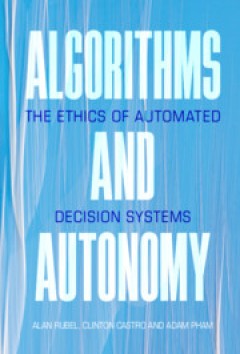
Algorithms and Autonomy: The Ethics of Automated Decision Systems
Algorithms influence every facet of modern life: criminal justice, education, housing, entertainment, elections, social media, news feeds, work . . . the list goes on. Delegating important decisions to machines, however, gives rise to deep moral concerns about responsibility, transparency, freedom, fairness, and democracy.
- Edition
- -
- ISBN/ISSN
- 9781108895057
- Collation
- -
- Series Title
- -
- Call Number
- 174.90063 RUB a
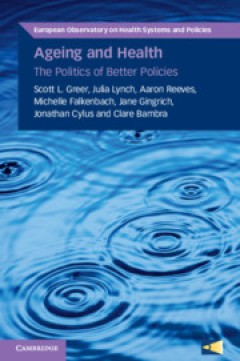
Ageing and Health: The Politics of Better Policies
Life in an ageing society is a truly novel experience. For most of our species’ history, a large majority of people were young and life much beyond 60 seemingly a rarity (Thane, 2005). Now, populations around the world are ageing. It might be happening in countries at different speeds and to varying extents, but it is an almost universal phenomenon.
- Edition
- -
- ISBN/ISSN
- 9781108973236
- Collation
- -
- Series Title
- -
- Call Number
- 362.1084 GRE a
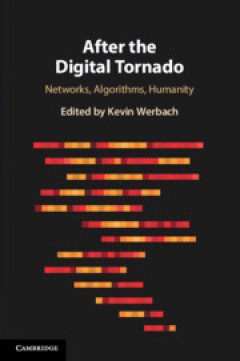
After the Digital Tornado: Networks, Algorithms, Humanity
Networks powered by algorithms are pervasive. Major contemporary technology trends – Internet of Things, Big Data, Digital Platform Power, Blockchain, and the Algorithmic Society – are manifestations of this phenomenon.
- Edition
- -
- ISBN/ISSN
- 9781108610018
- Collation
- -
- Series Title
- -
- Call Number
- 394.34 WER a
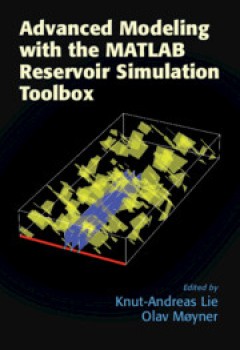
Advanced Modeling with the MATLAB Reservoir Simulation Toolbox
Many leading experts contribute to this follow-up to An Introduction to Reservoir Simulation Using MATLAB/GNU Octave: User Guide for the MATLAB Reservoir Simulation Toolbox (MRST). It introduces more advanced functionality that has been recently added to the open-source MRST software.
- Edition
- -
- ISBN/ISSN
- 9781009019781
- Collation
- -
- Series Title
- -
- Call Number
- 003.3 LIE a

Advanced Concepts in Particle and Field Theory
Uniting the usually distinct areas of particle physics and quantum field theory, gravity and general relativity, this expansive and comprehensive textbook of fundamental and theoretical physics describes the quest to consolidate the basic building blocks of nature, by journeying through contemporary discoveries in the field, and analyzing elementary particles and their interactions.
- Edition
- -
- ISBN/ISSN
- 9781009291521
- Collation
- -
- Series Title
- -
- Call Number
- 539.72 HUB a

Advance Directives Across Asia: A Comparative Socio-legal Analysis
Population ageing, which has been described as one of the four global demographic “megatrends”,1 is quickly becoming a concern for many countries around the world. The growth in the size and proportion of the elderly has many implications, including the fact that there has been, and will continue to be, a significant growth in the number of individuals who are living longer, and because of …
- Edition
- -
- ISBN/ISSN
- 9781009152631
- Collation
- -
- Series Title
- -
- Call Number
- 344.03
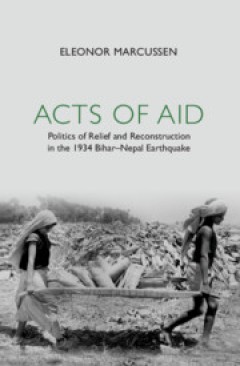
Acts of Aid: Politics of Relief and Reconstruction in the 1934 Bihar-Nepal Ea…
On 15 January 1934, at around 2.13 p.m. an earthquake struck north India and Nepal.1 In the chronicles of states, popular writers and scientists, the earthquake would be known as ‘the Indian earthquake’,2 ‘the great Indian earthquake’,3 ‘the Bihar–Nepal earthquake’,4 ‘the Bihar earthquake’5 and in Nepal as ‘the Great Earthquake’.6
- Edition
- -
- ISBN/ISSN
- 9781108937160
- Collation
- -
- Series Title
- -
- Call Number
- 363.34 MAR a
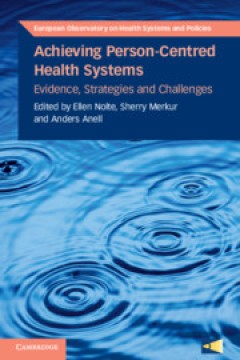
Achieving Person-Centred Health Systems: Evidence, Strategies and Challenges
The idea of person-centred health systems is widely advocated in political and policy declarations to better address health system challenges. A person-centred approach is advocated on political, ethical and instrumental grounds and believed to benefit service users, health professionals and the health system more broadly.
- Edition
- -
- ISBN/ISSN
- 9781108855464
- Collation
- -
- Series Title
- -
- Call Number
- 614.4 NOL a

Academic Brands
The first comprehensive analysis of the emergence of academic brands, this book explores how the modern university is being transformed as it competes in an increasingly global economy of higher education where luxury is replacing access.
- Edition
- -
- ISBN/ISSN
- 9781108881920
- Collation
- -
- Series Title
- -
- Call Number
- 346.0482 BIA a
 Computer Science, Information & General Works
Computer Science, Information & General Works  Philosophy & Psychology
Philosophy & Psychology  Religion
Religion  Social Sciences
Social Sciences  Language
Language  Pure Science
Pure Science  Applied Sciences
Applied Sciences  Art & Recreation
Art & Recreation  Literature
Literature  History & Geography
History & Geography